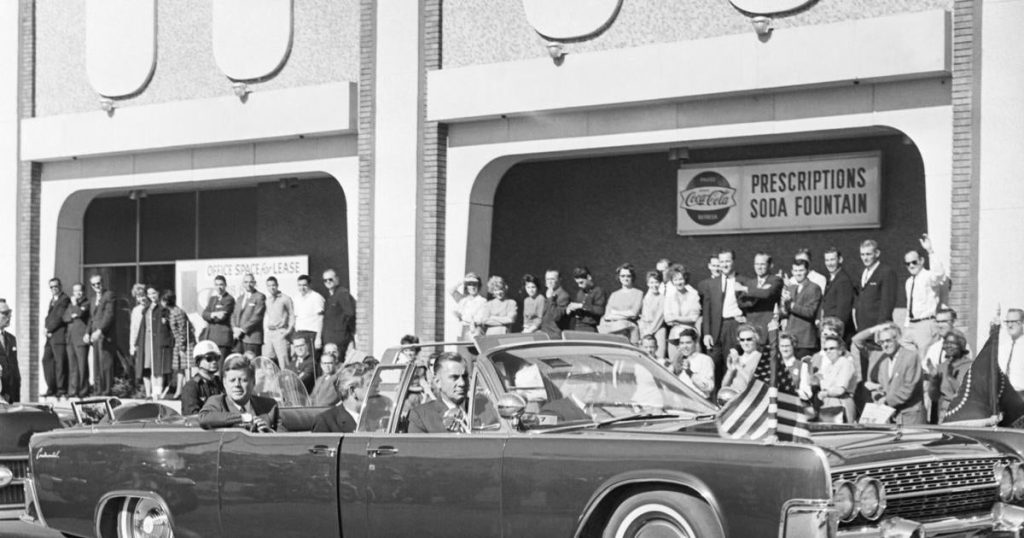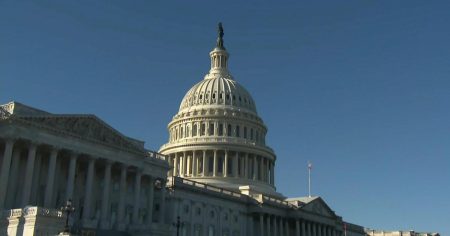Introduction to the Release of Historical Assassination Documents
The assassinations of President John F. Kennedy (JFK), Senator Robert F. Kennedy (RFK), and civil rights leader Martin Luther King Jr. (MLK) are among the most tragic and mysterious events in American history. For decades, the pubblic and historians have sought answers about these events, driven by a mix of curiosity, skepticism, and a desire for transparency. In recent years, the U.S. government has taken significant steps to shed light on these events by releasing previously classified documents related to these assassinations. This process has been ongoing for over three decades, but it gained renewed momentum thanks to an executive order signed by former President Donald Trump during his first week in office. The order called for the declassification of files tied to the assassinations of JFK, RFK, and MLK, with the goal of providing the American public with unprecedented access to these historical records. While the process has faced delays and challenges, the recent discovery of additional documents related to JFK’s assassination has brought fresh attention to this effort.
Trump’s Executive Order and the Push for Transparency
In January 2017, shortly after taking office, President Trump issued an executive order aimed at accelerating the release of classified documents related to the assassinations of JFK, RFK, and MLK. This move was seen as a significant step toward greater government transparency, as it directed federal agencies to work toward the “full and complete release” of records tied to these events. Specifically, the order instructed the Director of National Intelligence and the Attorney General to develop a plan within 15 days to facilitate the declassification of these documents. Trump’s action built on a foundation laid by Congress in 1992, when lawmakers passed the President John F. Kennedy Assassination Records Collection Act. This legislation mandated that all assassination-related materials be compiled into a single collection at the National Archives and Records Administration (NARA), with the goal of making these records publicly available.
The 1992 law gave federal agencies 25 years to process and disclose the documents, with exceptions for sensitive information that could compromise national security or reveal personal privacy. The JFK assassination collection at NARA now consists of more than 5 million pages of records, with over 97% of these documents already released to the public as of December 2022. However, some records remain withheld, and the process has faced criticism for being slow and inconsistent. Trump’s executive order added new urgency to this effort, pushing agencies to act swiftly in releasing the remaining documents.
The FBI’s Discovery of New JFK Assassination Records
In a surprising development, the Federal Bureau of Investigation (FBI) announced that it had uncovered approximately 2,400 previously unrecognized records related to the JFK assassination. These documents were identified during a search conducted in response to Trump’s executive order. The FBI stated that the records have been inventoried and digitized and are now being transferred to NARA to be included in the ongoing declassification process. While the bureau did not disclose the contents of these documents, their discovery has generated widespread interest and speculation among historians, researchers, and the general public.
The revelation of these new records highlights the complexity and scale of the effort to uncover the truth about JFK’s assassination. For decades, theories about the event have ranged from official conclusions about a lone gunman to more speculative ideas involving government conspiracies. While these newly discovered documents may not provide definitive answers, they offer the possibility of fresh insights into one of the most scrutinized events in American history. The FBI’s role in identifying these records underscores the agency’s ongoing involvement in the investigation and its commitment to transparency, even if some aspects of the case remain classified.
How the National Archives is Handling the Declassification Process
The National Archives has played a central role in the declassification and release of records related to JFK’s assassination, as mandated by the 1992 law. Over the past three decades, NARA has worked to process and disclose millions of pages of documents, with the most recent batch released to the public in August 2023. Despite the progress made, some records remain withheld, and the agency has faced criticism for delays and a lack of clarity about the reasons behind some redactions. However, NARA has emphasized its commitment to transparency, noting that more than 97% of the JFK collection is now available to the public.
The process of declassifying these documents is meticulous and involves multiple federal agencies. Each record is reviewed to identify sensitive information that may need to remain classified, such as details that could impact national security, reveal intelligence-gathering methods, or compromise individual privacy. Once these determinations are made, the records are transferred to NARA, where they are made accessible to researchers and the public. The discovery of the 2,400 new documents by the FBI adds a new layer to this process, as these records will now undergo the same rigorous review before they are released.
The Significance of Making These Records Public
The release of documents related to the assassinations of JFK, RFK, and MLK is not just about satisfying public curiosity; it is a matter of historical importance and national reckoning. These events shaped the course of American history, influencing everything from civil rights legislation to U.S. foreign policy. By providing greater access to the records, the government allows the public to gain a more complete understanding of these pivotal moments and the forces that contributed to them.
Transparency in government is a cornerstone of democracy, and the release of these documents reflects a commitment to accountability and openness. While some critics argue that the process has been too slow or that certain records should remain classified, the overarching goal of these efforts is to empower the public with knowledge. The release of these records also serves as a reminder that even decades after these tragic events, their impact continues to be felt, and their legacy remains a subject of both reflection and investigation.
Conclusion: A Step Toward Transparency and Historical Clarity
The release of documents related to the assassinations of JFK, RFK, and MLK represents a significant step toward greater government transparency and historical clarity. While the process has faced challenges and delays, the discovery of new records and the ongoing efforts of agencies like the FBI and NARA demonstrate a commitment to uncovering the truth. These documents have the potential to shed new light on some of the most enduring questions in American history, offering fresh insights for researchers and the general public alike.
As the declassification process continues, it is important to recognize the complexities involved in balancing transparency with national security and privacy concerns. The public’s patience and trust are essential as this effort moves forward. Ultimately, the release of these records serves as a reminder of the enduring legacy of these three leaders and the ongoing quest for justice, equality, and accountability that their lives and deaths represent. By embracing transparency, the U.S. government is taking a crucial step toward fostering a more informed and engaged citizenry, one that is better equipped to understand the complexities of its past and to shape a more just future.












